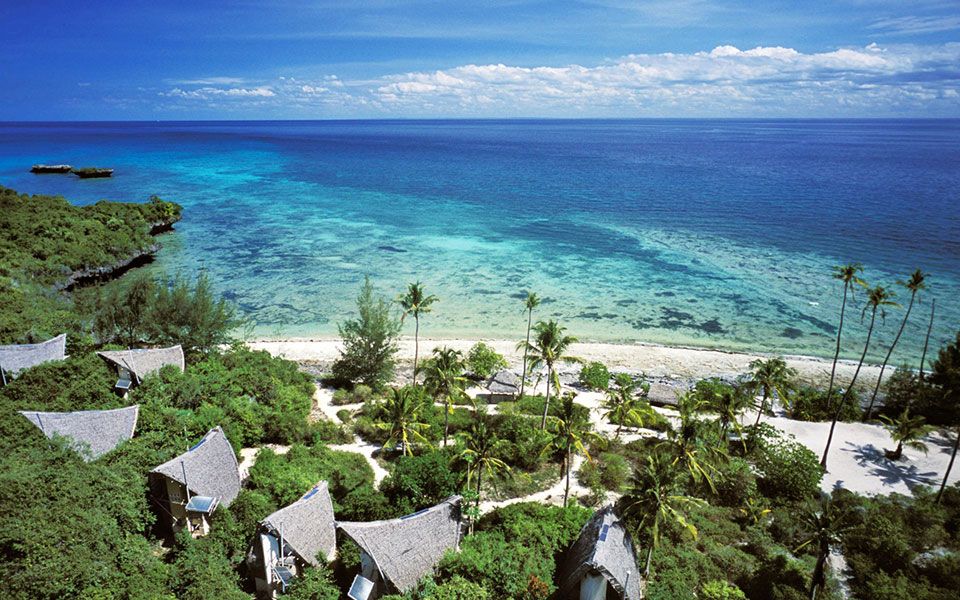Located in the heart of Mexico, the Sierra Gorda Biosphere Reserve is a natural protected area that covers a third of Querétaro state. The area is extremely rugged with high steep mountains and deep canyons.
The area is valued for its very wide diversity of plant and animal life, which is due to the various microenvironments created by the ruggedness of the terrain and wide variation in rainfall. The region is on a branch of the Sierra Madre Oriental mountain range and consists of a series of mountain chains that run northwest to southeast. Most are made of limestone, formed by sea beds and volcanic rock.
It is the seventh-largest Reserve in Mexico and the most diverse in terms of ecosystems. In 1997 the Sierra Gorda was recognized as a protected natural area by the Environmental and Natural Resource Ministry (SEMARNAT). Since then, the region has transformed into a role model of sustainable development for Mexico and the world.
Sierra Gorda Biosphere Reserve is the most diverse ecosystem protected area in the country, with the largest social participation in actions for conservation. Some of its rich ecosystems include 800 species of Lepidoptera (butterflies), 339 species of Avifauna (birds), 127 species of fungi, 131 species of Herpetofauna (reptiles and anphibians) and 27 species of Ictiofauna.
From mountain tops to deep abysses, you can transverse distinct landscapes, surrounded by unique flora and fauna.

Photo credit: AlejandroLinaresGarcia / Wikipedia
The reserve begins in the dry semi desert areas in the center of Querétaro and continues north and higher into the mountain peaks of Pinal de Amoles.
The biosphere is the seventh-largest federally protected natural area and has the greatest biodiversity of all of them, including those which encompass marine areas.
The biosphere reserve in Querétaro is managed by Comisión Nacional de Áreas Naturales Protegidas of Semarnat. Thirty percent of the reserve’s land is communally owned land with the rest privately owned, with the government issuing regulations. Conservation of the area has also attracted the attention of people such as director James Cameron, who sponsored a reforestation project on 120 hectares.
The fauna and flora include 1,718 species of vascular plants and 124 species of macromicetes. The Reserve is home to the Jaguar, the Yucatan Brown Brocket, the Mexican Black Bear, the Spider Monkey, the Otter, the Great Curassow, the Crested Guan, the Bearded Wood Partridge Dendrortyx barbatus, the Military Macaw Ara militaris, the Red-crowned Amazon Amazona viridigenalis, the Tucan, the Emerald Toucanet and the American Crocodile.
The Reserve houses a variety of cultural attractions, including five Franciscan Missions that are UNESCO World Heritage Sites.
The Jalpan Dam
The Jalpan Dam collects waters of the Escanela River that originate in the mountains of Pinal de Amoles. Its margins are covered partly by tropical deciduous forests and partly by areas dedicated to the cultivation of citrus trees. Powered by the Jalpan River around this dam you will enjoy a spectacular landscape.
Sierra Gorda Museum
Utensils and diverse pre-Hispanic objects from the region are displayed in this museum. It begins with a historical overview of the region and through engravings and antique and contemporary objects, offers a panorama of the inhabitants of the area.
The museum opens in 1991 display items related to the indigenous people, the history of colonialism and the Franciscan Missions, as well as of contemporary life in the region.

Photo credit: James Wilson / Wikipedia
Chuvejé Waterfall
The Cascada de Chuvejé is a local favorite and one of the closer waterfalls to Querétaro. You can access this 35m tall waterfall by driving through around 5km of dirt road, then hiking around 30 minutes through the forest. Chuvejé Waterfall is one of the favorite destinations for those who visit the Sierra Gorda.
Pinol de Amoles
Pinal de Amoles is a town located in Pinal de Amoles Municipality in the state of Querétaro in central Mexico. It is part of the Sierra Gorda region. Pinol de Amoles is a good base to explore the nearby sites, such as Puente de Dios and Chuvejé waterfalls.
The town began as a mining camp in the 17th century, but most mining in the area has disappeared and the municipality is one of the poorest in Mexico, despite recent efforts to promote ecotourism.

Photo credit: Aromgom / Wikipedia
Sótano del Barro
Sotan del Barro is one of the largest sinkholes of the world. 455 m deep hole in the ground, formed in Lower Cretaceous limestone. Sotano del Barro is enormous, elongated hole, seen already from the distance in the slope of the mountain. It has no similarity with caves, it is rather like an enormous 455 m deep, gaping pocket.
It is home to one of the last of central Mexico’s colonies of military macaws, huge green-and-blue parrots.
Cave of Swallows
This enormous cave is surrounded by dense vegetation of the Huasteca Potosina region. 512 meters deep and 60 meters wide, with a freefall of 370 meters, the Cave of Swallows is the second-largest pit cave in Mexico and amongst the largest in the world.
Stay with Local Communities
Sierra Gorda is full of small, barely connected communities. San Juan de los Durán is another remote community, where you can book cabins with views over lush valleys. Jalpan and Conca are even more remote communities.
San Juan de los Durán
The town of San Juan de los Durán is located in the Municipality of Jalpan de Serra and it is the most populated town in the whole municipality. It is an excellent takeoff point for visiting the famous Cave of Swallows.
Featured image credit: Pavel Kirillov / Flickr
Want to learn more about other sustainable destination? Check out section sustainable travel destinations.









